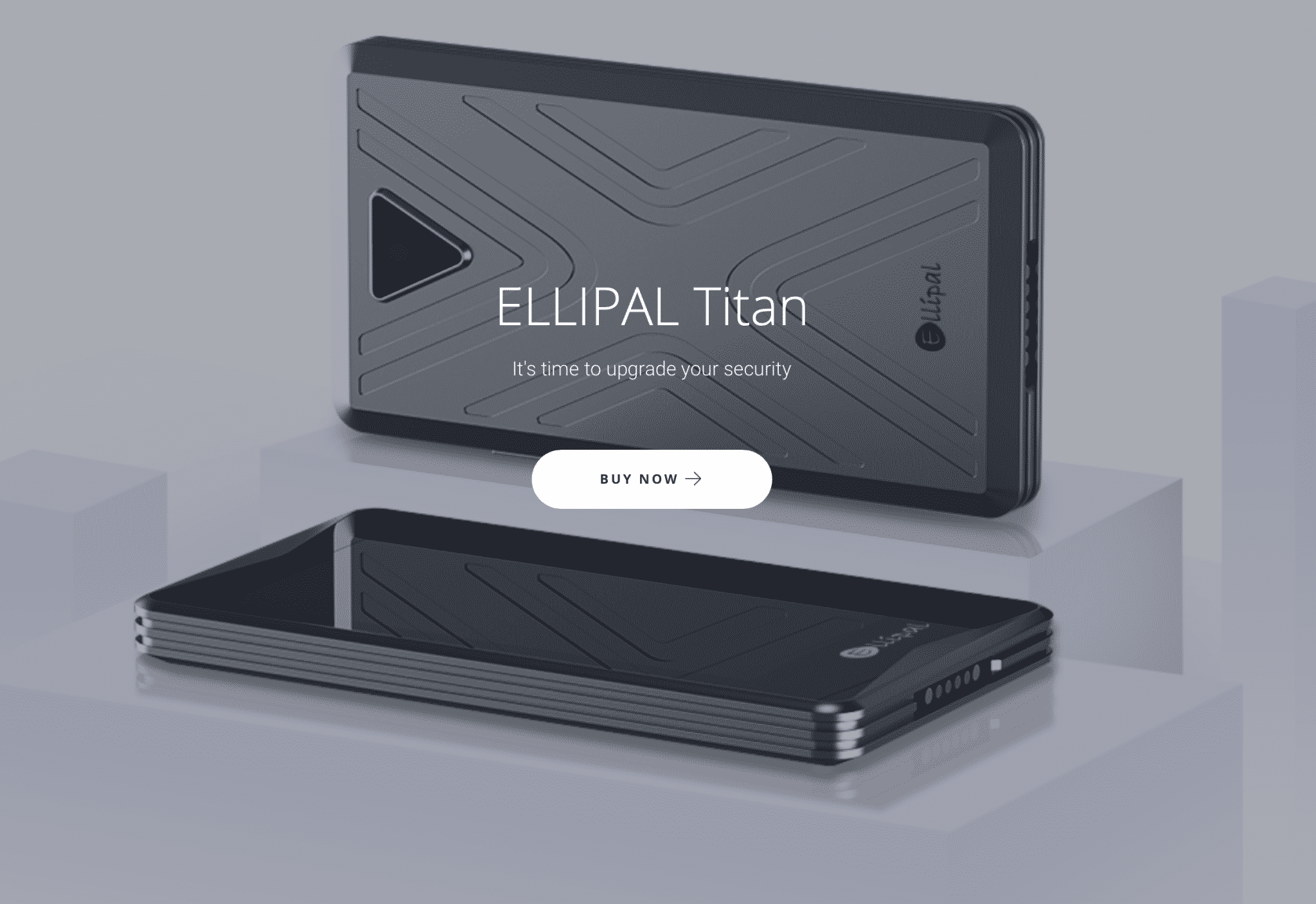 Navigation
Navigation

A Low Hanging Solution To Facebook’s Fake News Problem?
Disclaimer: The views and opinions expressed in this article are those of the authors and do not necessarily reflect the official policy or position of Blockgeeks
Now that Facebook decided to stop denying it has a fake news problem; the world-dominating social network is making several mediocre moves to try to stem its flow.
These range from attempting to prevent fake news domains from monetizing their traffic, to allowing users to “flag” posts that could be fake, then send highly flagged content to a news peer review.
These approaches are both lackluster.
Fake news websites can use whatever monetization strategy they like. They are not constrained to monetize through an ad network Facebook controls. The second approach is no better. The peer reviewers include, among others, ABC News, an outfit that itself leverages exaggerative headlines in order to get web traffic like practically every journalism operation online. It’s not a real solution to have the wolves (admittedly the tamer ones) guard the hen house.
On the other hand, there is an extremely low-hanging UX solution that Facebook, to my knowledge, is not exploring.
To explain, let me take you back to a time when I ran a journalism outfit called Slant. When we founded it, one of the challenges was to convince investors that people on social media (most of our traffic and audience came from Facebook, like almost every publisher) want to consume content purveyed by a site they hadn’t heard of. Why would they click on a Slant story when it appeared in their news feed, when Slant had zero previously existing reputation?
I had a great answer to this question, and it went far with investors. Take a look at this sucker:

This is a post my friend Julian added to my Facebook page just minutes ago. What do you notice about it? Well, the photo is enormous. Under the photo, the headline text is pretty large too. When you see this thing, first you see the photo, and then you see the big, black headline.
Remember, the visual presentation of Facebook posts did not just appear in a vacuum.
It is the result of careful calculation aimed at maximizing engagement with the Facebook platform. The more engagements and traffic Facebook gets, the more money it can extract from advertisers. Facebook made the UX decision to feature these two visual assets the largest, since they determined those to be the assets that drive the most engagement and profit.
UX is an elegant blend of human psychology with pure data. For this reason, I have the utmost respect for our UX team at my now-company, ConsenSys. More on that later.
Look up at that image again. In super-duper small, gray letters is the name of the domain or publisher that created the content. You have to peer quite closely at the post in order to learn that the content is being purveyed by the Telegraph. Putting the name of the domain or publisher at the bottom in tiny, gray letters, Facebook designates it as unimportant.
To learn what a software company considers important, check under the hood of its UX.
As a media strategist, I take one look at Facebook’s UX and learn that:
- the domain name associated with a piece of content has almost 0 impact on how that piece of content performs on the platform in quantitative terms;
- at whatever moment, I can choose to stand up a reputation-less new domain, purvey junk content, and instantly play in the same field as The New York Times.
So that’s what I told investors, and I backed up my arguments with data.
Largely, audiences on Facebook click on stories based on the strength of the headline and the intriguing-ness of the photo, not as a judgment on the reputation of a domain or publisher. Imagine a grocery store where none of the products on the shelves have visible brand labels. What factors would you use to determine what to buy? Probably the appearance of the packaging.
To be clear, I’m not demonizing profit-driven behavior by for-profit companies, either on the part of journalism outfits or Facebook, whose product is, arguably, stock in Facebook.
My simple point is: if Facebook made the name of the publisher or domain on a piece of content the LARGEST part of the post, that would have an enormous dampening impact on the distribution of fake news. The profit-maximizing system that made the publisher or domain name SMALLEST played a big role in birthing the fake news problem in the first place.
I will reward you for making it to the bottom of this story with some completely real news.
The Blockchain and Fake News?
With ConsenSys, I’m going to do something about this fake news problem. The solution we put forward will be on the blockchain, where we can do things like use a reputation algorithm or track provenance of URL’s. There are many solutions we can explore on the blockchain, and we’re just at the beginning. But whatever product we create will be intrinsically fun to use, not some kind of eat-your-vegetables snore that sucks the fun out of the internet, I promise.
Oh, and it’ll also have great UX.
Amanda Gutterman is the Chief Marketing Officer at ConsenSys. If you have any questions, email her at amanda.gutterman@consensys.net.






I see big future for blockchain-based reputation systems!
Trust2Pay fyi
I see big future for blockchain-based reputation systems!
Trust2Pay fyi
I see big future for blockchain-based reputation systems!
Trust2Pay fyi